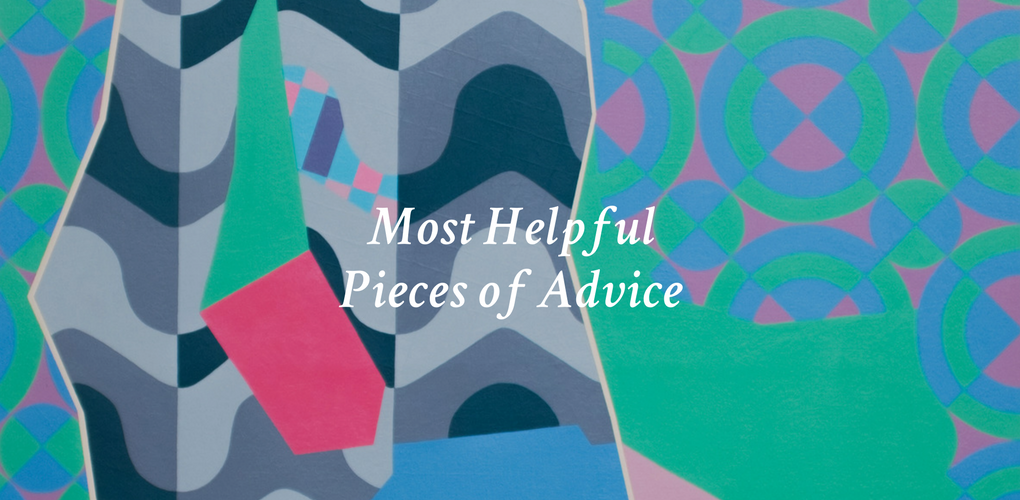Artist Tips
Artists Share Their Most Helpful Pieces of Advice
A creative rut. We’ve all been there, crumpling up pieces of paper, staring at a menacing, blinking cursor. Fear and self-doubt are (unfortunately) often part of the creative process.
For a little jolt of inspiration and reassurance, we’ve pulled together a few wise words our artists have shared or passed down from teachers and mentors. Enjoy below.
Elyce Abrams
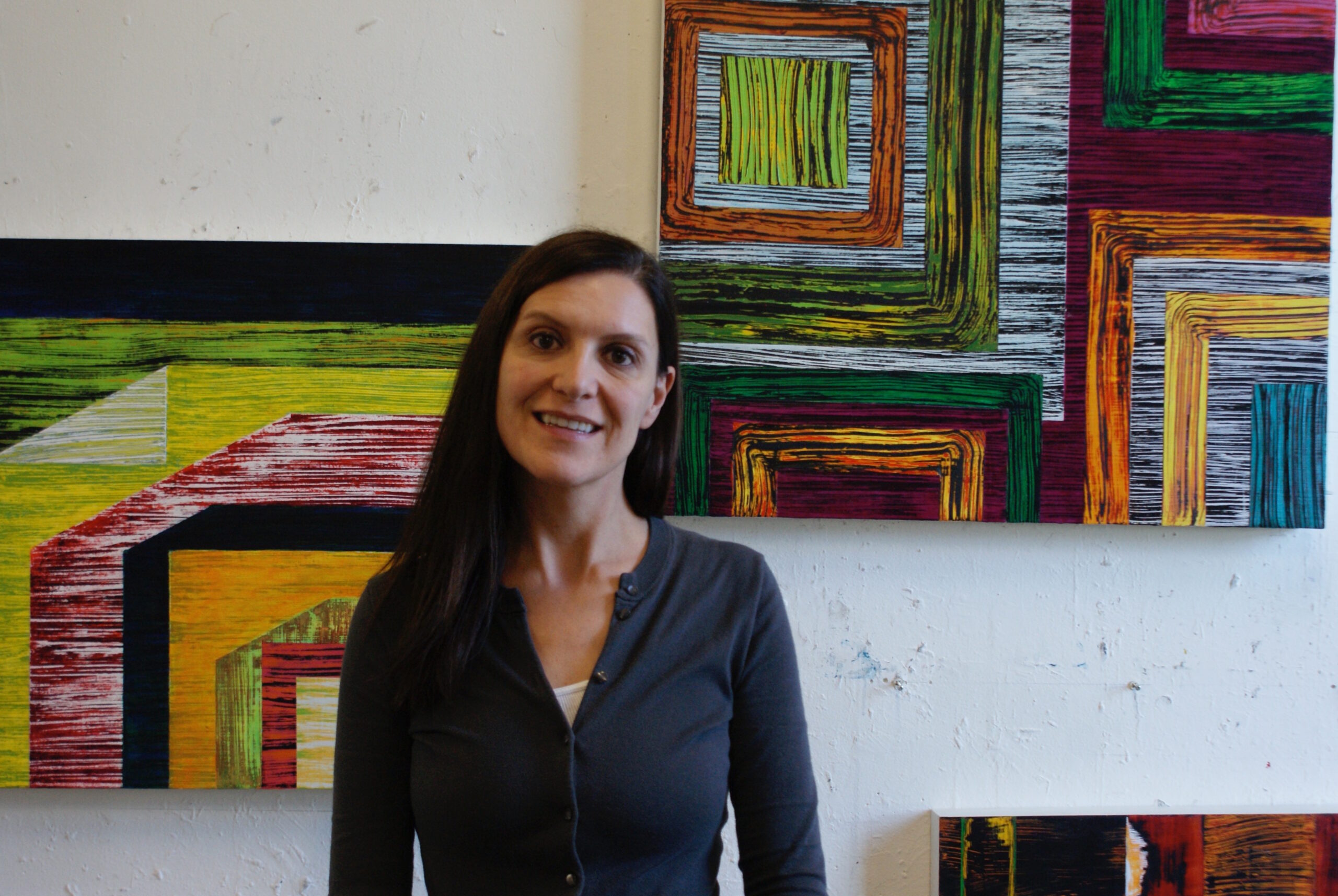
“The best advice that I ever received was to always be honest in my work. This was part of an ongoing discussion during my time as an undergraduate, and at that point I didn’t completely understand what it meant. I had no reason to think that people weren’t honest in their work, but as I grew as an artist, I saw examples of when this wasn’t the case. This idea has guided me through many paintings. It taught me to trust myself and my instincts, and if ever I was headed in the wrong direction, this has pulled me back.” – Elyce Abrams
Hazel Miller
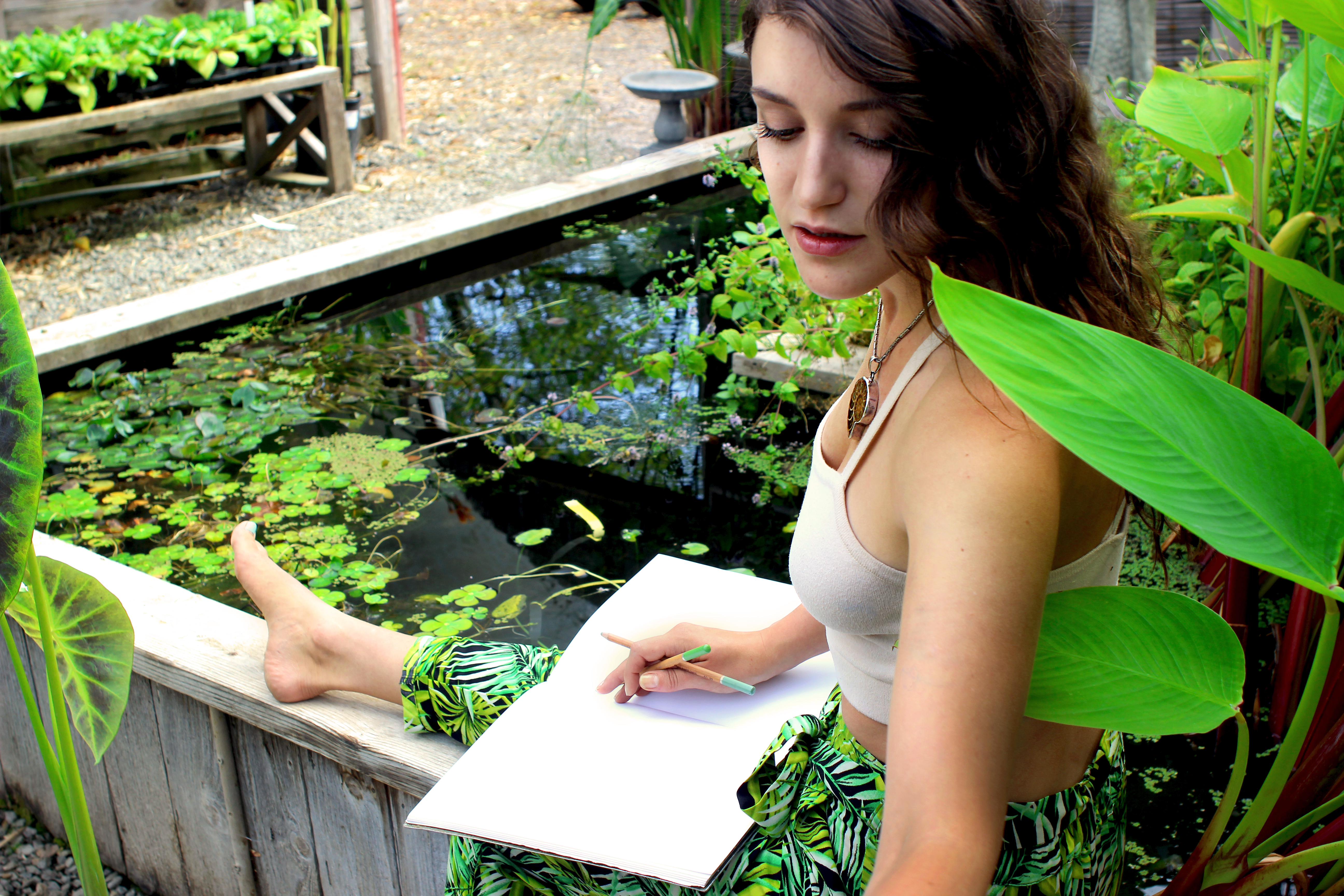
“Make as much work as possible, all the while taking a lot of risks and solving problems accordingly. This advice accumulated from a few different sources; my favorite professors reinforced the overall approach, and when I stumbled across a list titled Immaculate Heart College Art Department Rules (popularized by John Cage but written by a nun, Sister Corita Kent), I immediately tacked it up in my studio, feeling like 98% on board (the minimalist in me cringes at “save everything”). I know this attitude was also inspired by My Life with Picasso by Francoise Gilot. Picasso was an atelier friend!”
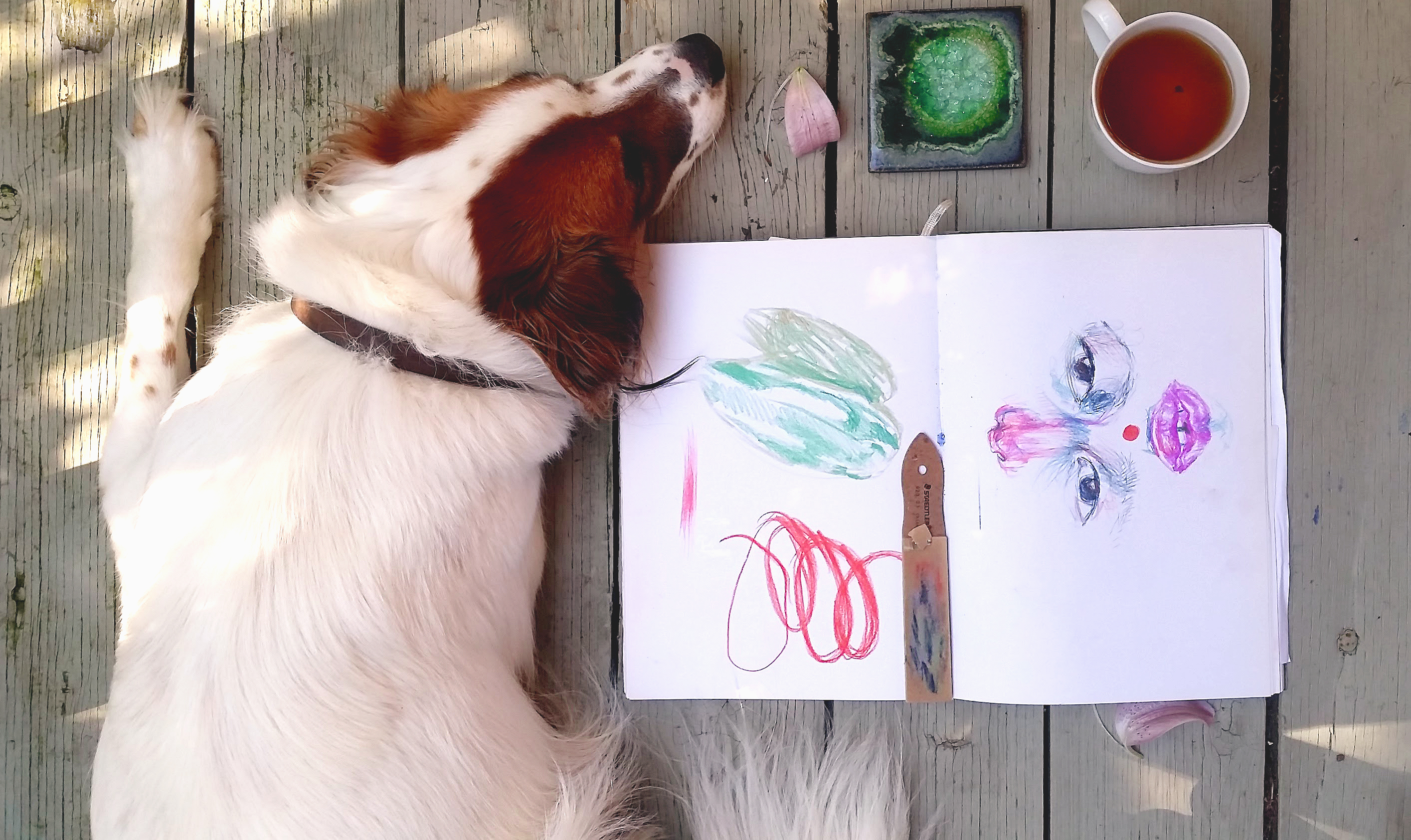
“If I spend enough time practicing, my vision comes forward naturally. For me, practice can equal observation. My eyes are constantly studying (sometimes to the point of an obsessive habit). Furthermore, I see my field of vision as its own moving work of art that I can alter by blurring my eyes, cropping with my hands, or noticing color connections. The more time I spend in the studio, the more I carry that artistic gaze into the rest of my life. The more my daily life mirrors art, the more my studio practice reflects my field of vision.” – Hazel Miller
Michael Van
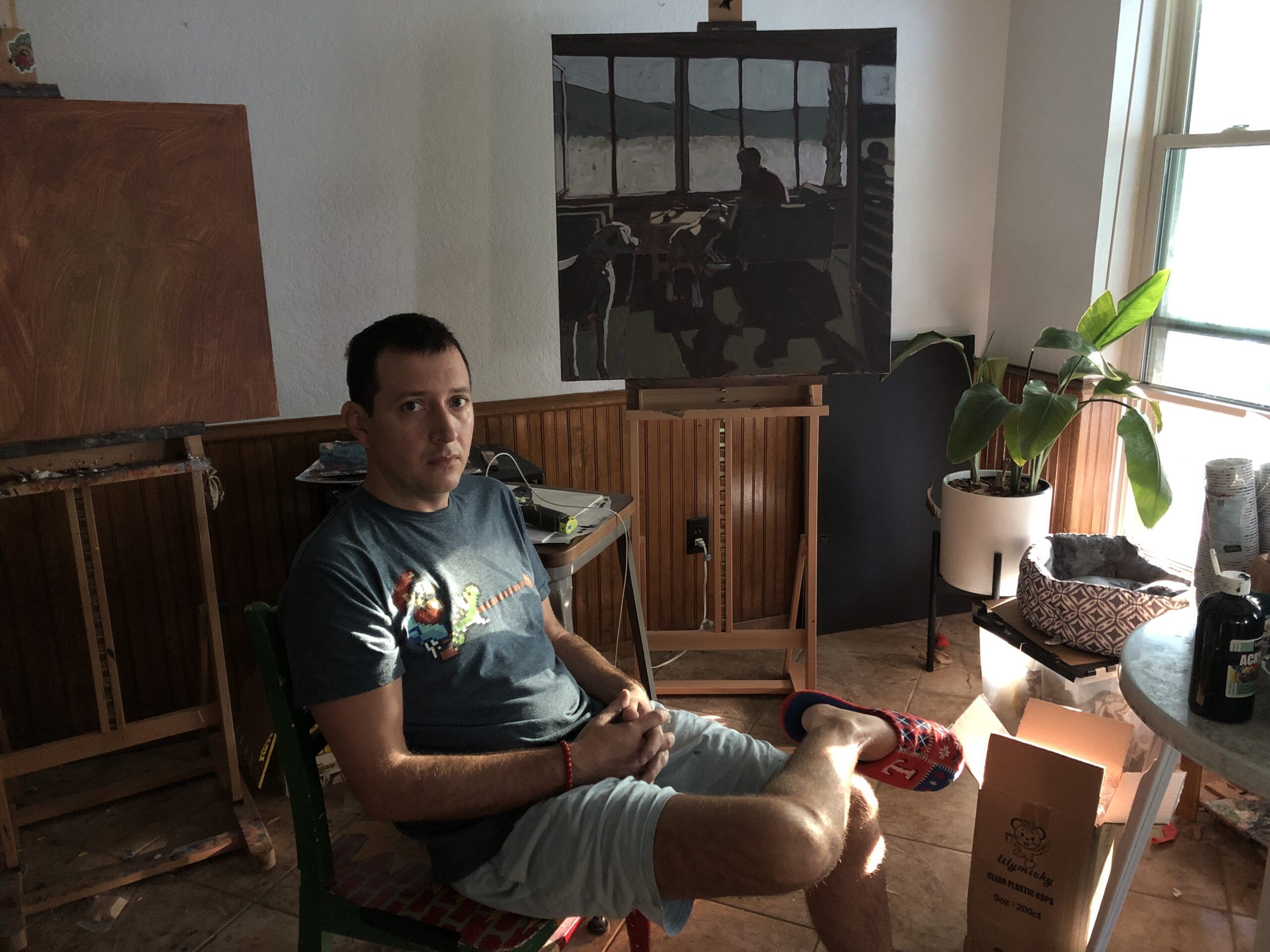
“Squint. Squinting reduces the amount of light entering your pupils and the amount of information your brain receives to form an image. It is incredibly useful for simplifying and then identifying colors, and I do it all the time.” – Michael Van
Kevin Callaghan
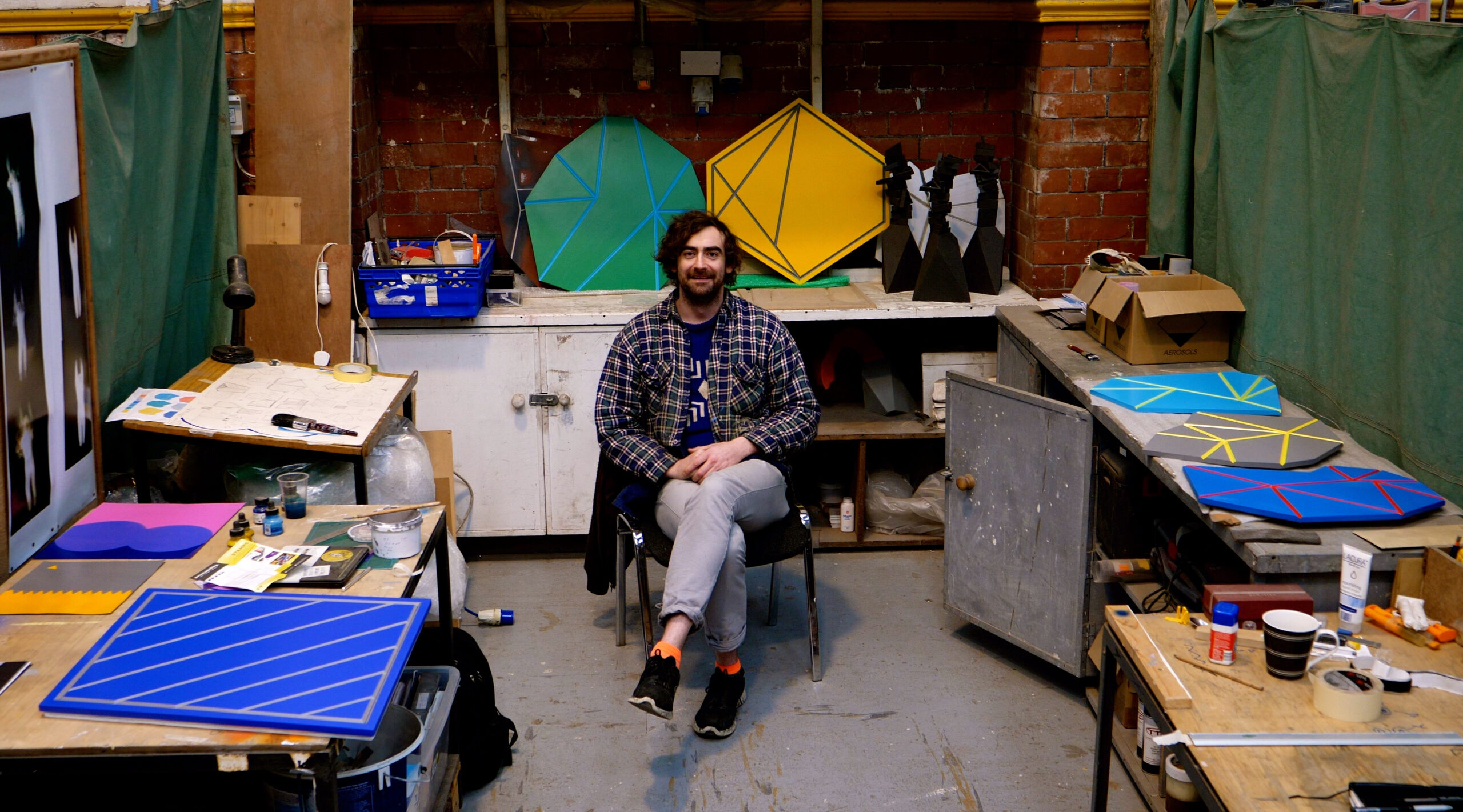
“’Go after things with a big bat.’ I was doing a ceramic skills and training course in Ireland, where I had been trained as a professional in pottery, and this quotation was up on the wall beside me. Over the years, I have definitely received good advice from many people. A mentor I had for a while always talked about using my own skill set well, and this has been important in my career.” – Kevin Callaghan
Johanna Bath
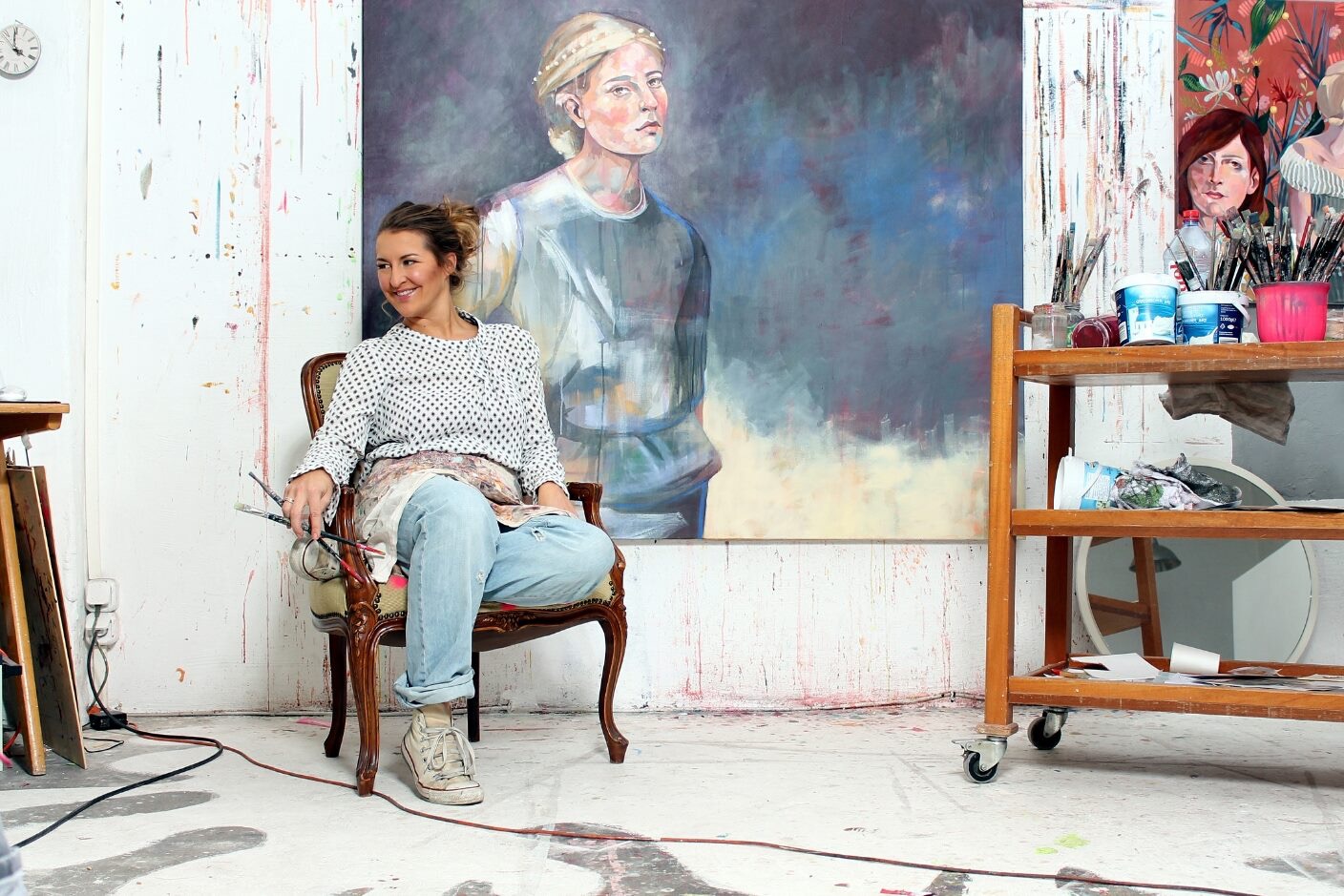
“When I just started painting, I was very unsure and uneasy about what to paint. I came across a quote by Jim Jarmusch about originality, which probably saved my life. I realized that every creative takes inspiration from others and mixes them with their ideas. Take everything you like in the work of others and make it your own – and eventually, your style will evolve from there.” – Johanna Bath
Mieke Tracy
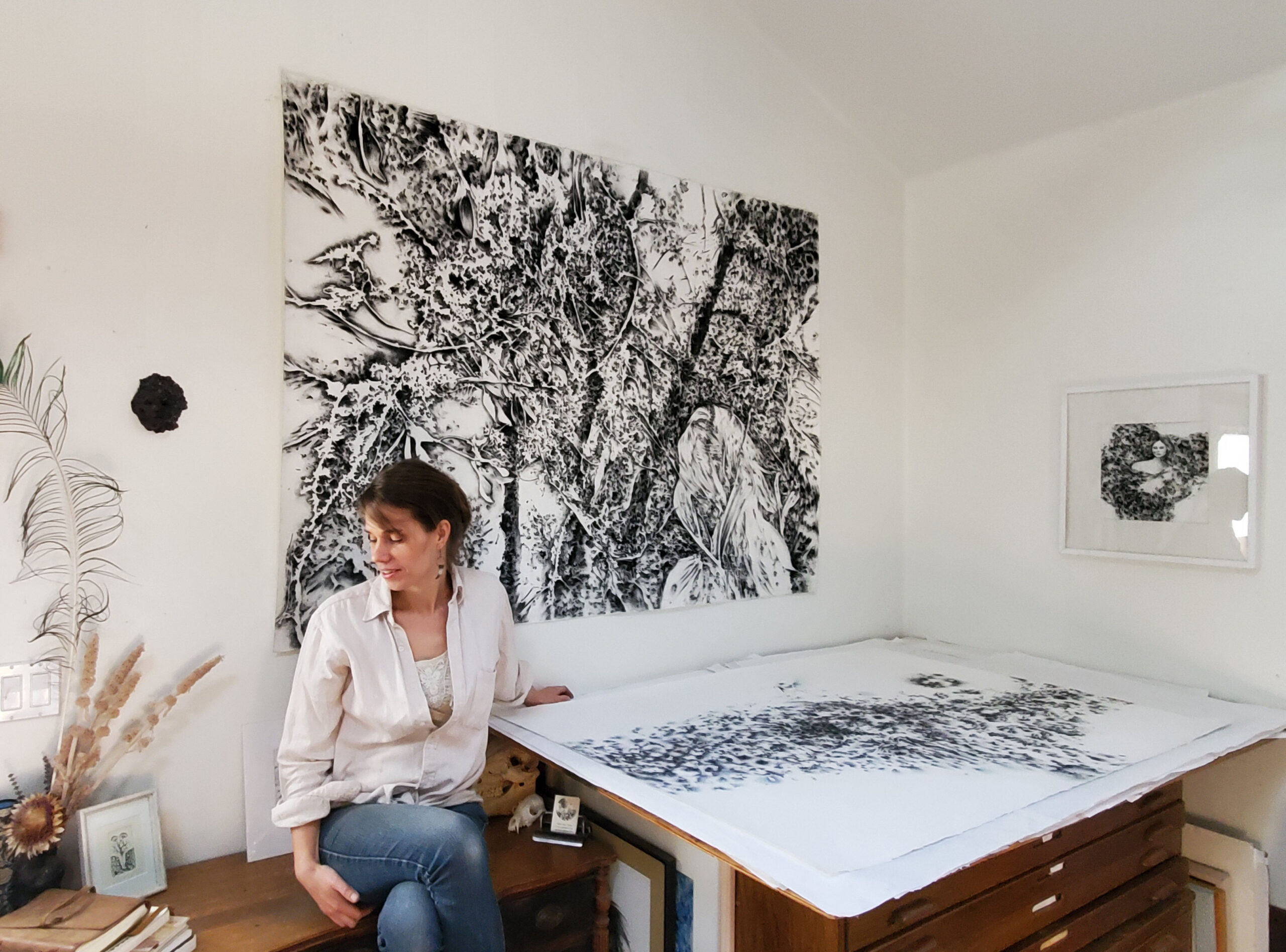
“I always remembered something a teacher in the Netherlands said. It was in Dutch (‘toeval is wat je toevalt’), but roughly it means that coincidences are the things that come to you or fall into your lap, the things that you can work with. It helps me keep an open and inquisitive mind.” – Mieke Tracy
Roos van der Vliet
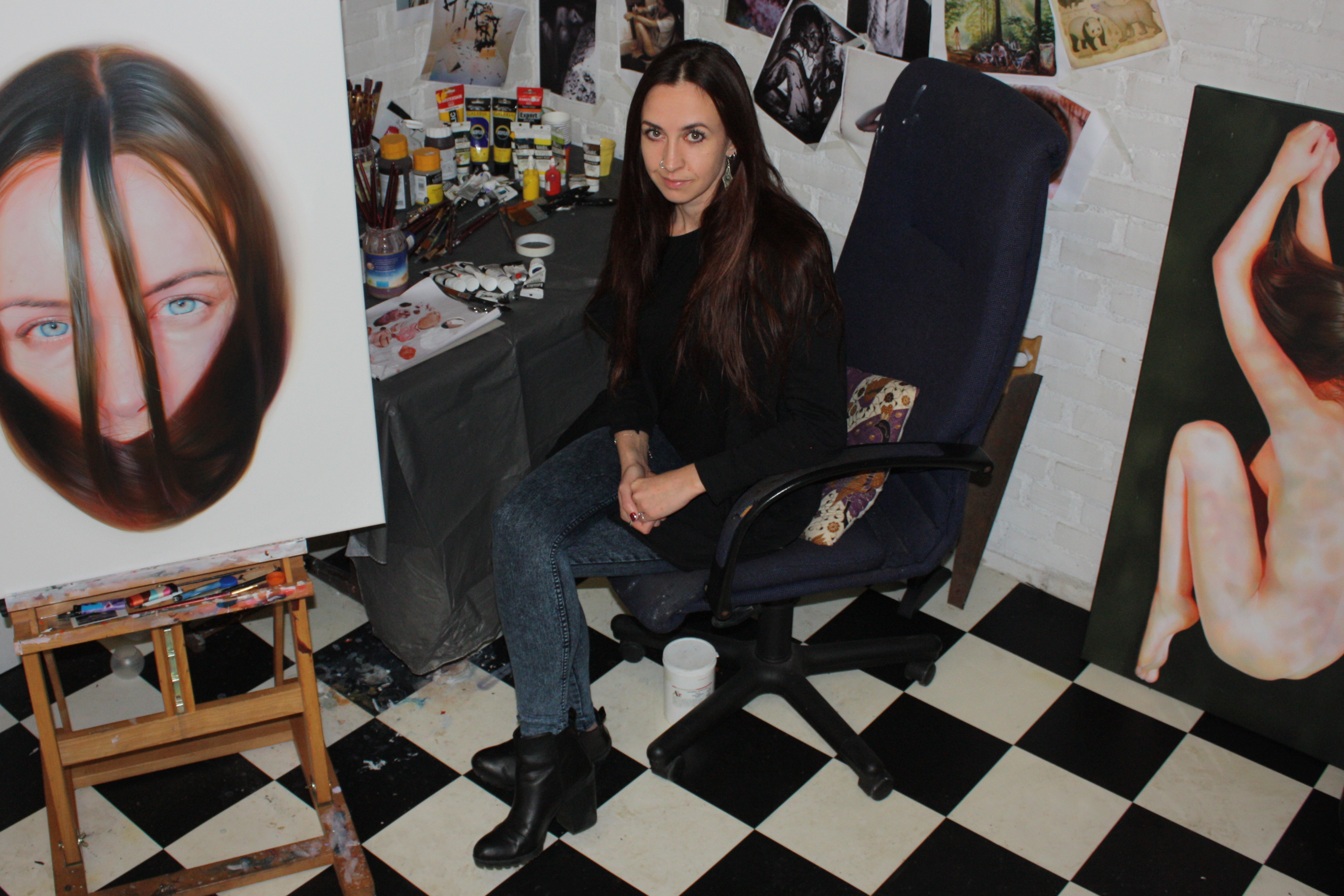
“That must have been the moment when this teacher of mine in art school, named Rinke Nijburg, told me to start painting with acrylics instead of oil paint. Although I didn’t really feel like it, because I thought that the way I wanted to paint could only be achieved through oil, I did what he told me. And it turned out to be exactly what I needed. This paint did exactly what I wanted! I could paint in multiple layers, wet and dry, could paint soft focus or very sharp, and the colors would stay bright instead of melting together till it would be a dirty brownish color all over the canvas (which always happened at a certain point and which used to frustrate me).”
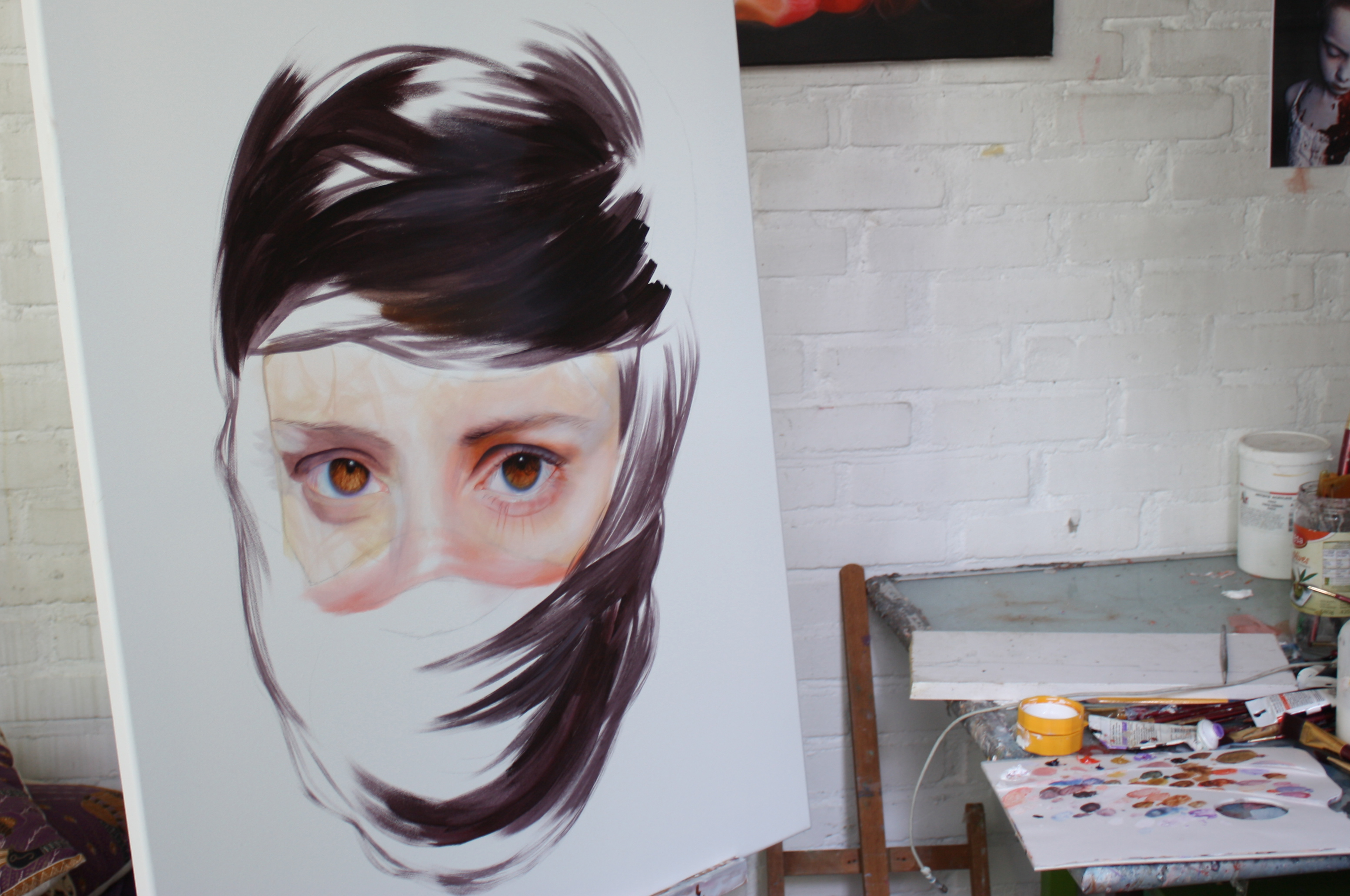
“Although my choice to paint in acrylics still gets questioned sometimes (which annoys me quite a bit), I think it’s the perfect medium for me. What I can do with acrylics, I could never do in oil, with a pencil for that matter, or with watercolors or ballpoints. Everyone should find their own perfect medium to work with. I’m still grateful that my teacher stimulated me to at least try it and to break down my preconceptions.” – Roos van der Vliet
Andrew Weir
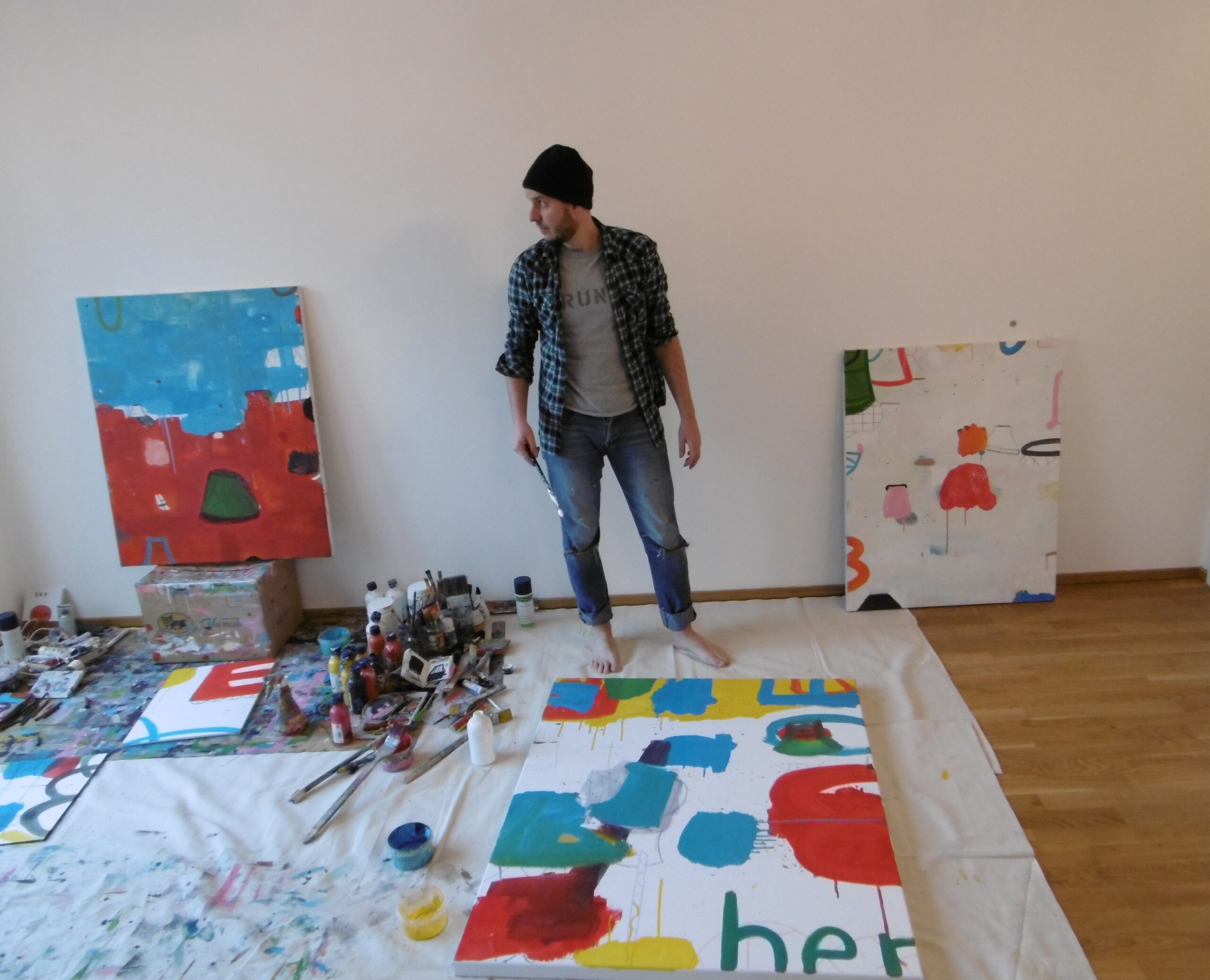
“My professor in my final year of university (days before the Graduate’s Degree show) said, ‘Degrees are like packets of crisps, everyone has one, it’s what you do with it that is important.’” – Andrew Weir
Want more tips for success delivered straight to your inbox? Sign up for the Artist Newsletter.
